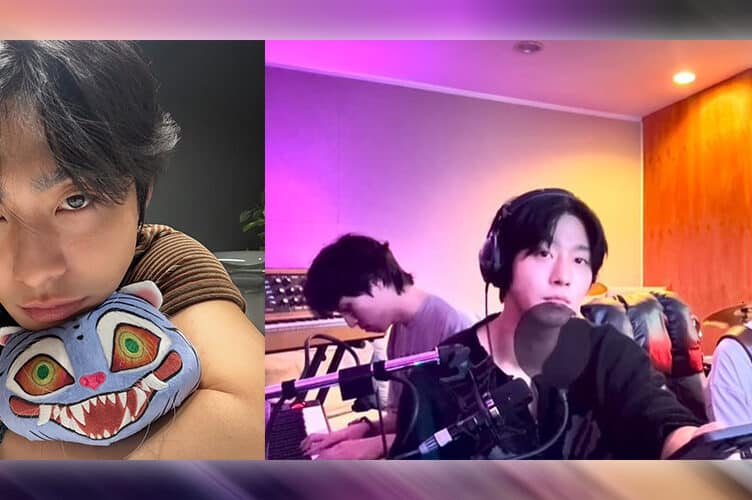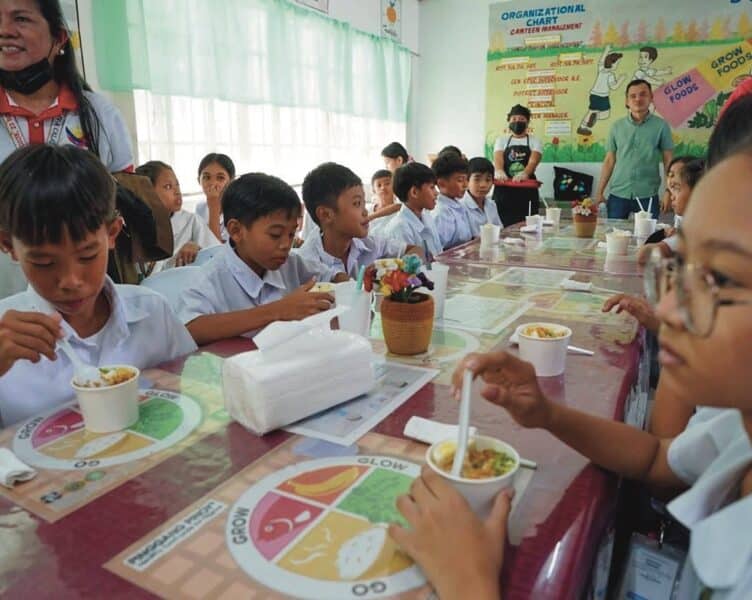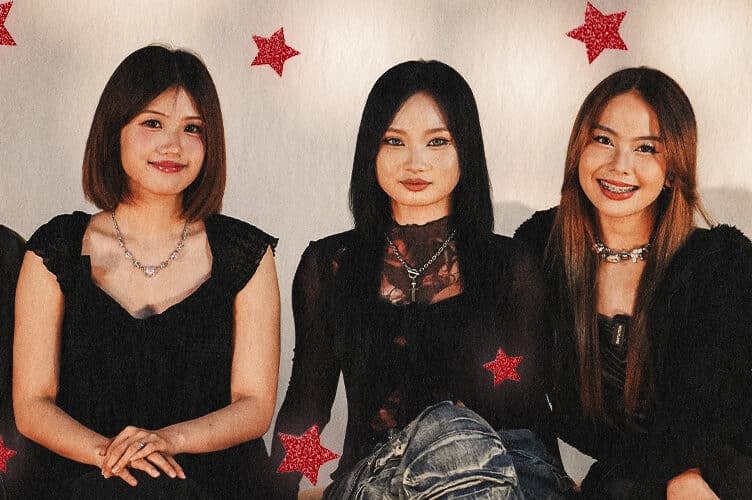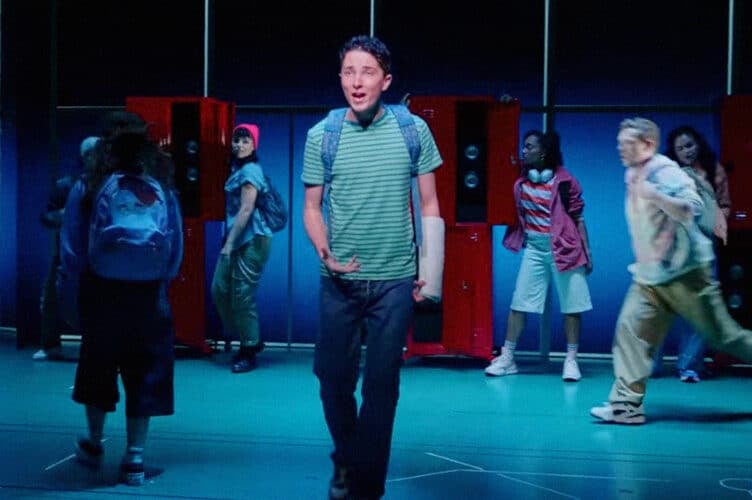DESPITE growing awareness of diverse sexual orientations, individuals involved in bisexual relationships still often face insensitive questions about their relationships that reflect societal ignorance.
Christine Joy Elloren (23), who is bisexual and currently in a two-year relationship, shared how she usually receives negative reactions whenever she shares the news about her girlfriend. As for her, questions such as “Why?”, “How?”, “So, tomboy ka?” are offensive to her since being lesbian is far different from being bisexual.
Being bisexual means being sexually or romantically attracted to both a man and a woman, while being a lesbian means being sexually or romantically attracted only to a woman. Lack of awareness about this requires a lot of correcting, which Christine admitted doing – responding to such questions with factual information. This reflects society’s lack of understanding of the LGBTQIA+ community and their distinctions.
For instance, in a heterosexual relationship, traditional gender norms dictate that a male is masculine and a female is feminine. Christine, being in a homosexual relationship, where both of them are females, still finds it annoying to receive the question “So, sinong lalaki sa inyo?” as this proves how rigid the society’s perspective is on what constitutes a “normal relationship.”
Instead of her usual facts, Christine responds to them with an analogy, “Sa chopsticks ba, do you get to ask them if sino sa kanila ang tinidor at kutsara?” While this does not exactly answer the question from the other party, it serves as a reminder to people with ignorant inquiries. “It really frustrates me and also sad for them dahil hindi ganon kalawak ang isip nila,” she added.
While the LGBTQIA+ community likely receives invasive questions whether they are out of pure curiosity, Christine admitted that she selectively raises awareness about her sexuality depending on the intentions of the one who asked. “There are others na nagtatanong lang ng ganon out of disgust. Additionally, I’m not yet ready to like, be open about our relationship, siguro sa mga tao lang na feeling ko makakaintindi sa ganito,” she explained.
Christine shared that it is usually people who are straight who do not understand and throw ignorant questions regarding her relationship.
Similarly, Joshua (18), who is bisexual and close to celebrating his first anniversary with his boyfriend, faced his first disapproval from his mother. “Siya ‘yung unang napagsabihan ko then, yes she disagreed, ‘cause our family is very religious po,” he stated, sharing that he was somehow tolerated, but was still told to be obedient.
This shows that even up to this day, there is still an ongoing struggle to reconcile religious beliefs and sexual orientations. Joshua’s experience is proof that people like him and his relationship may be tolerated, but there is a lack of full acceptance due to religious beliefs.
Both Christine and Joshua wish people would refrain from saying negative comments about homosexual relationships if they are uncertain of its implications. Luckily for both of them, negative remarks have not caused their relationship to end, “…It is us (girlfriend) against them and not us against each other,” Christine emphasized.
However, Christine noted that her relationship still remains private. “…Mas nagiging patago ‘yung relationship namin for my sake kasi mas ako ‘yung sensitive sa mga gano’n and it would complicate things if ever malaman ng lahat about our relationship,” she explained, a sentiment that resonated with Joshua.
“‘Di po talaga ako comfy sa environment namin so I am hiding my true color, ‘cause madami agad judgements regarding sa identity po namin here ‘pag nalaman,” Joshua shared.
This shows how much hiding bisexuals still have to do in a supposedly progressive generation. Despite societal criticism, it is still essential to recognize that homosexuals can engage in healthy relationships even with different relationship dynamics.
Most importantly, raising awareness about LGBTQIA+ issues should not fall solely on the shoulders of those who are part of it. It is a shared responsibility that everyone has to take part in to have a more inclusive society. This awareness should include the understanding that a relationship does not necessarily need to have someone you can call the “man” or the “woman” to be valid.
With reports from Bea J. Larosa
How useful was this post?
Click on a star to rate it!
Average rating 0 / 5. Vote count: 0
No votes so far! Be the first to rate this post.
We are sorry that this post was not useful for you!
Let us improve this post!
Tell us how we can improve this post?









